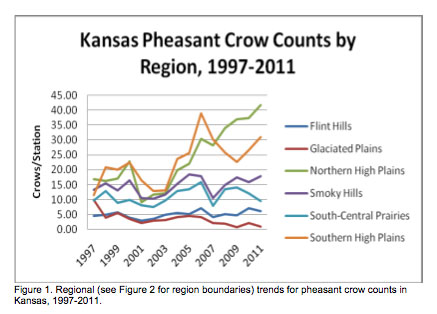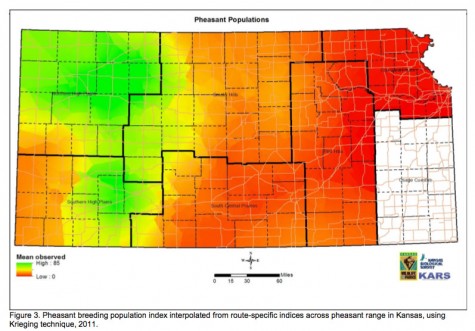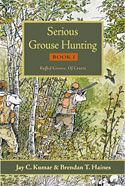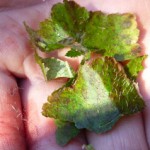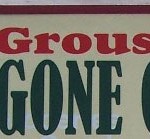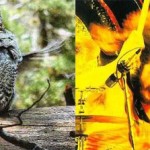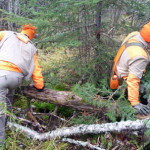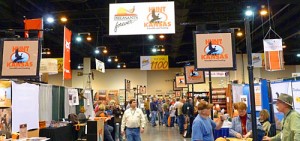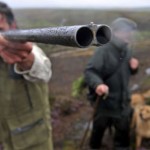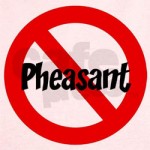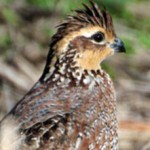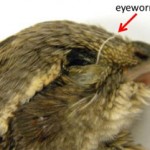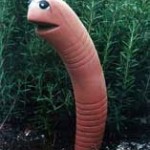Kansas Pheasants Looking Good?
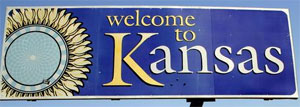 If you’ve been reading here for a bit you know we don’t put a lot of faith in counts or forecasts, unless maybe they’re drastically low…but we still read every one! The latest comes from Kansas, aka “the other South Dakota,” some excerpts from a state press release about its pheasant pops looking good…or maybe not?
If you’ve been reading here for a bit you know we don’t put a lot of faith in counts or forecasts, unless maybe they’re drastically low…but we still read every one! The latest comes from Kansas, aka “the other South Dakota,” some excerpts from a state press release about its pheasant pops looking good…or maybe not?
> Following the outstanding 2010-2011 pheasant season, spring surveys (April 25-May 15) revealed good pheasant populations going into the 2011 nesting season.
> All 62 established [crow-count] routes were surveyed this year, and an average of 20.5 crows were counted per station, an apparent increase of 17 percent from 2010, which is not considered statistically different.
> In the 2010 breeding season, pheasant productivity was high across most of the state, which carried over to the 2011 Pheasant Crow Count because of a fairly mild winter for Kansas’ best pheasant range [we think this is western Kansas]. The southcentral and northeastern parts of the state showed declines, likely due to poor productivity last summer as a result of less than ideal weather conditions in those areas. Northeast Kansas has also had some severe winters recently, which has suppressed populations.
[Here’s the most important paragraph.]
> Overall, western Kansas has one of the strongest pheasant breeding populations in its history this year, which is reflected by the extremely high crow counts for 2011. However, extreme drought has created unfavorable breeding season conditions across most of southwestern and southcentral Kansas. Thus, the 2011 fall pheasant population will likely be down substantially from last fall in those areas. Conditions appear to have been much more favorable for productivity in other regions of the state, but it is still too early to make accurate predictions about the fall population in those areas.
[And….]
> The wheat crop was generally poor across western Kansas this year, which meant less vertical structure for nest concealment and an early harvest date. The early harvest likely increased direct mortality of nests and young from farm equipment. Additionally, the ongoing drought in that region will also negatively affect chick survival because dry conditions reduce the availability of insects, which are the primary food source for those developing young.
> KDWPT’s late summer brood surveys in July and August will provide better projections of fall populations.
We’ll of course stay on top of all counts and forecasts, and intend to put our hunting boots on Kansas soil for the first time this fall! The waiting gets harder every dang year….
Category: 2011, Forecasts/counts, KS, Pheasants

